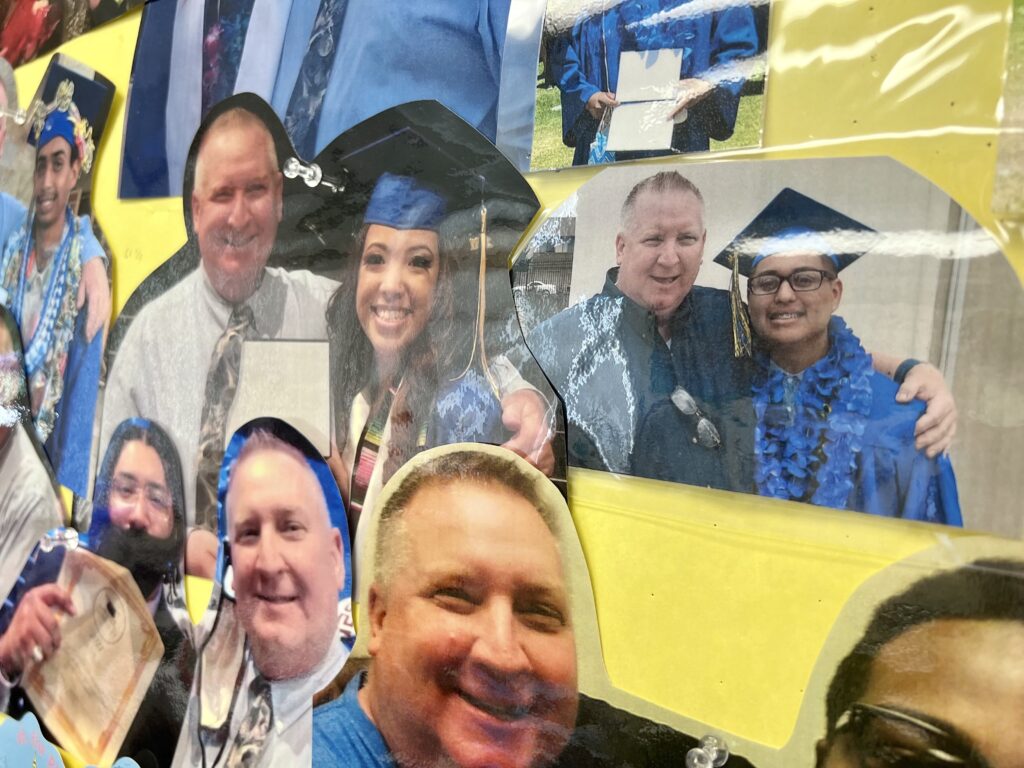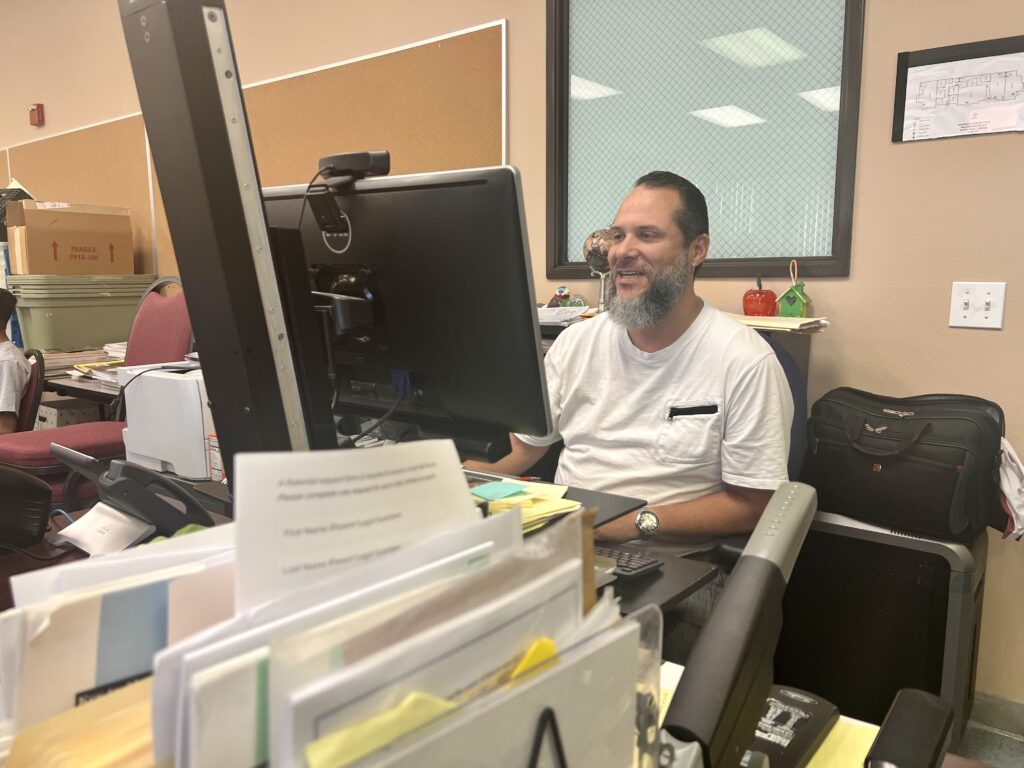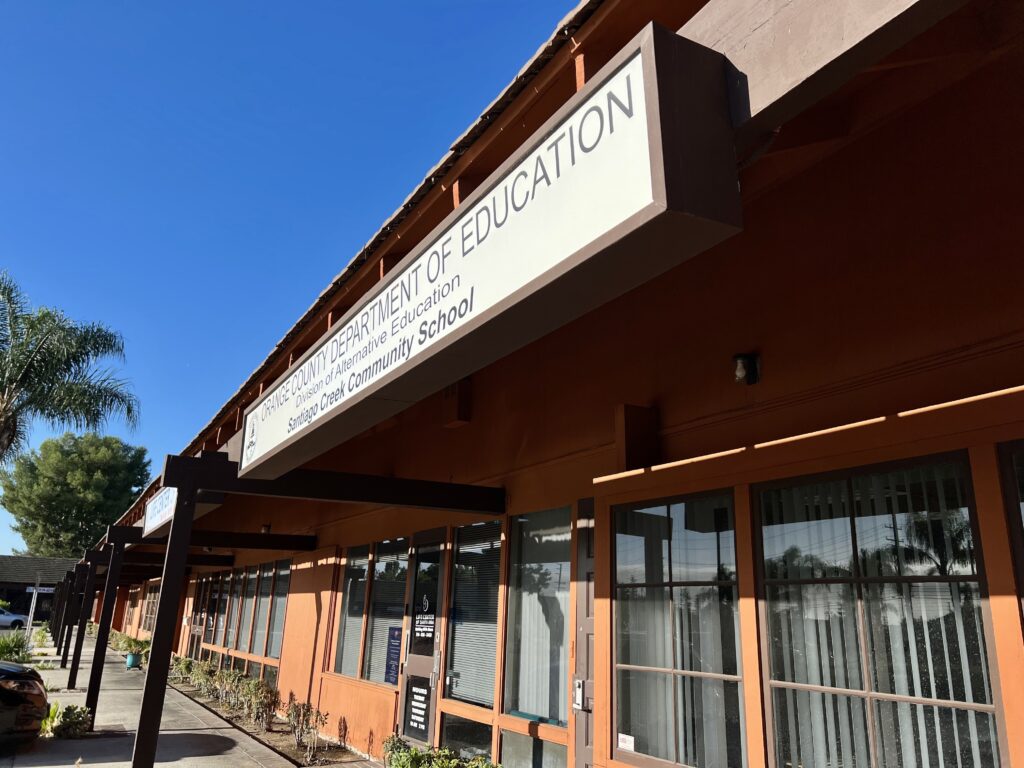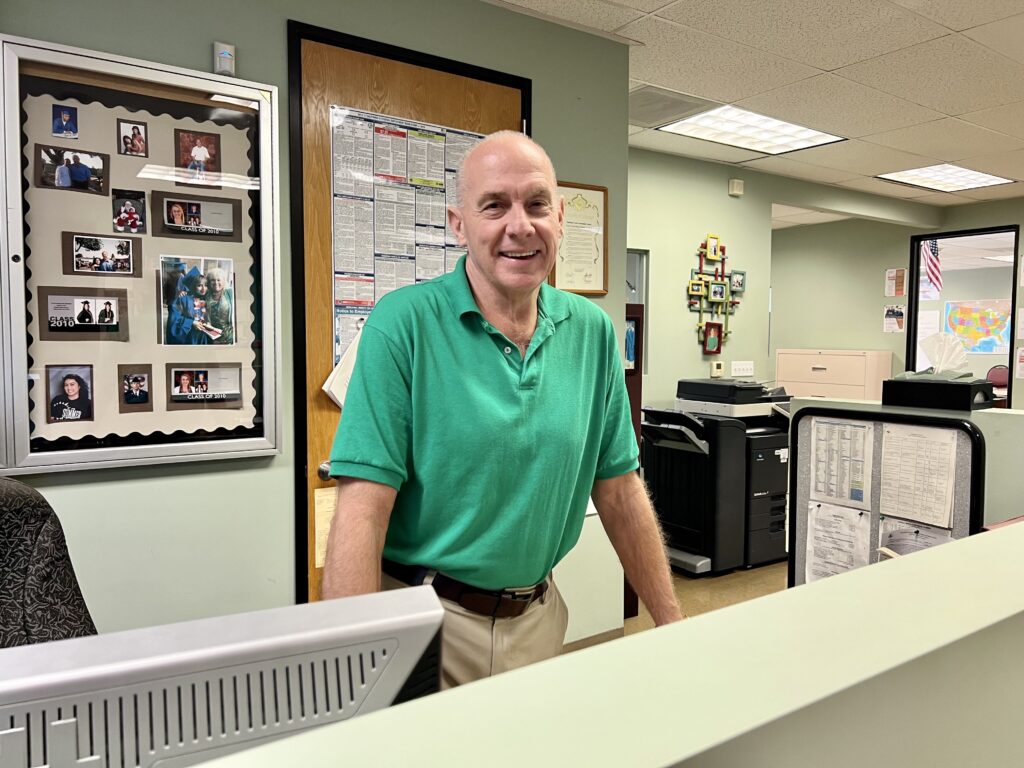Education can only fulfill its promise as the great equalizer when we work to ensure that students are attending school every day and receiving the support they need to learn and thrive.
At the same time, many students experience tremendous barriers and adversities in their lives — including homelessness, poverty, health challenges and difficult family circumstances — that make it difficult for them to go to school.
Those who miss at least 15 days of school in an academic year are considered chronically absent. These students are at serious risk of falling behind and less likely to read proficiently and graduate from high school.
In recognition of Attendance Awareness Month, which promotes the importance of positive attendance and reducing chronic absences, the OCDE Newsroom recently reached out to two educators who have different approaches for connecting with and motivating students enrolled in OCDE’s Alternative Education division, or ACCESS.
ACCESS stands for Alternative, Community and Correctional Education Schools and Services. The program offers pathways for nearly 2,500 students to learn in non-traditional settings and gain the academic credits necessary to graduate within the program or with their school district.
Building authentic relationships
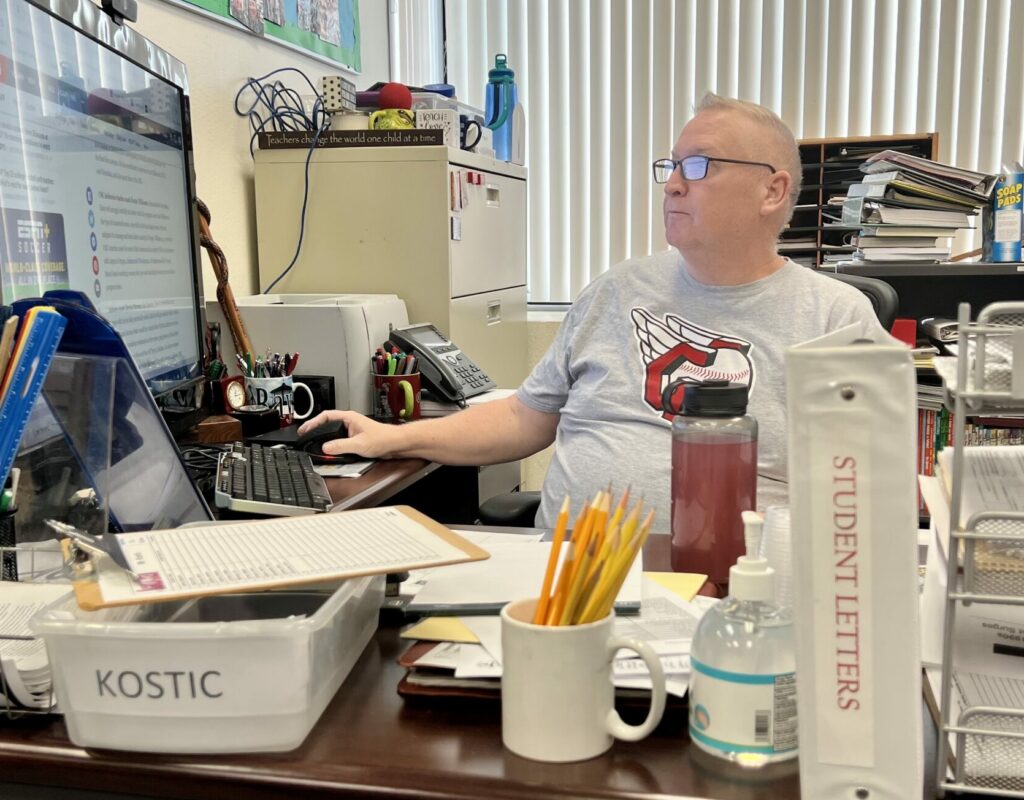
Relationships take time to cultivate and grow. After spending more than a decade forming bonds with his students at ACCESS’s north Anaheim location, teacher Tom Kostic has a new post and crop of high school students.
“They are getting to know me,” Kostic said. “It could take seven to eight months before they trust me.”
Most if not all of Kostic’s students at ACCESS’ Magnolia Lyceum site are dealing with very difficult life circumstances. As a teacher, Kostic must figure out what is going on in their lives and how best to help them get to a more stable and brighter path.
“Students will cross all sorts of lines to attend school if they know there is a teacher who will authentically welcome them,” Kostic said.
After spending more than 20 years as a teacher in the ACCESS program, Kostic’s goals remain the same. He wants to help each student see their potential and help them graduate high school. He credits the enormous help he receives from paraeducator Mauricio Michel, who has worked beside him in classrooms for the past decade.
Paraeducators assist teachers and support students with individualized education programs.
Creating a welcoming space
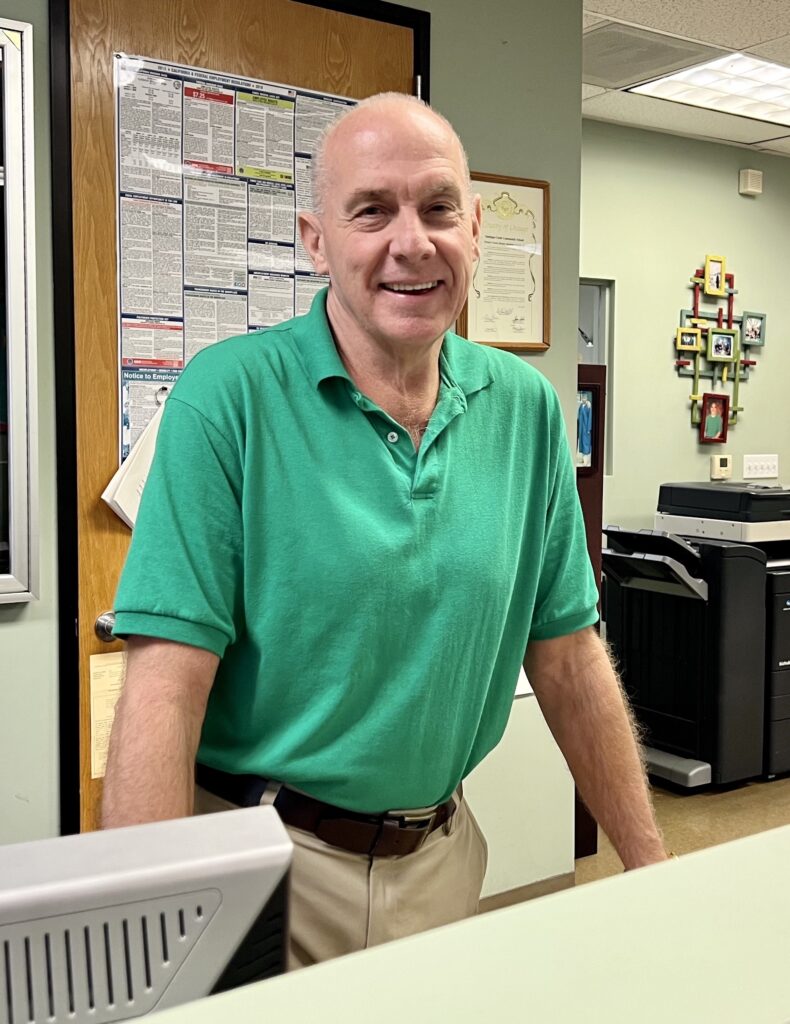
When people enter ACCESS’s Santiago Creek Community School site, the first smile and face they’ll see is Eric Dekker’s.
Dekker is a paraeducator who assists teachers and supports students as they work on their individualized education plans. Since he started working in his role 22 years ago, he has greeted every student the same way.
“I sit by the front door to welcome and thank each student as they come in,” Dekker said. “It makes a difference. Students want to know that we are happy to have them here.”
The same goes for the students’ parents and families. Dekker prides himself in knowing their names and a little bit about each family. He believes forming relationships with them will motivate students to attend school.
When asked why he cares so deeply about the children, Dekker says it’s simple.
“I love my job and our students,” Dekker said.

